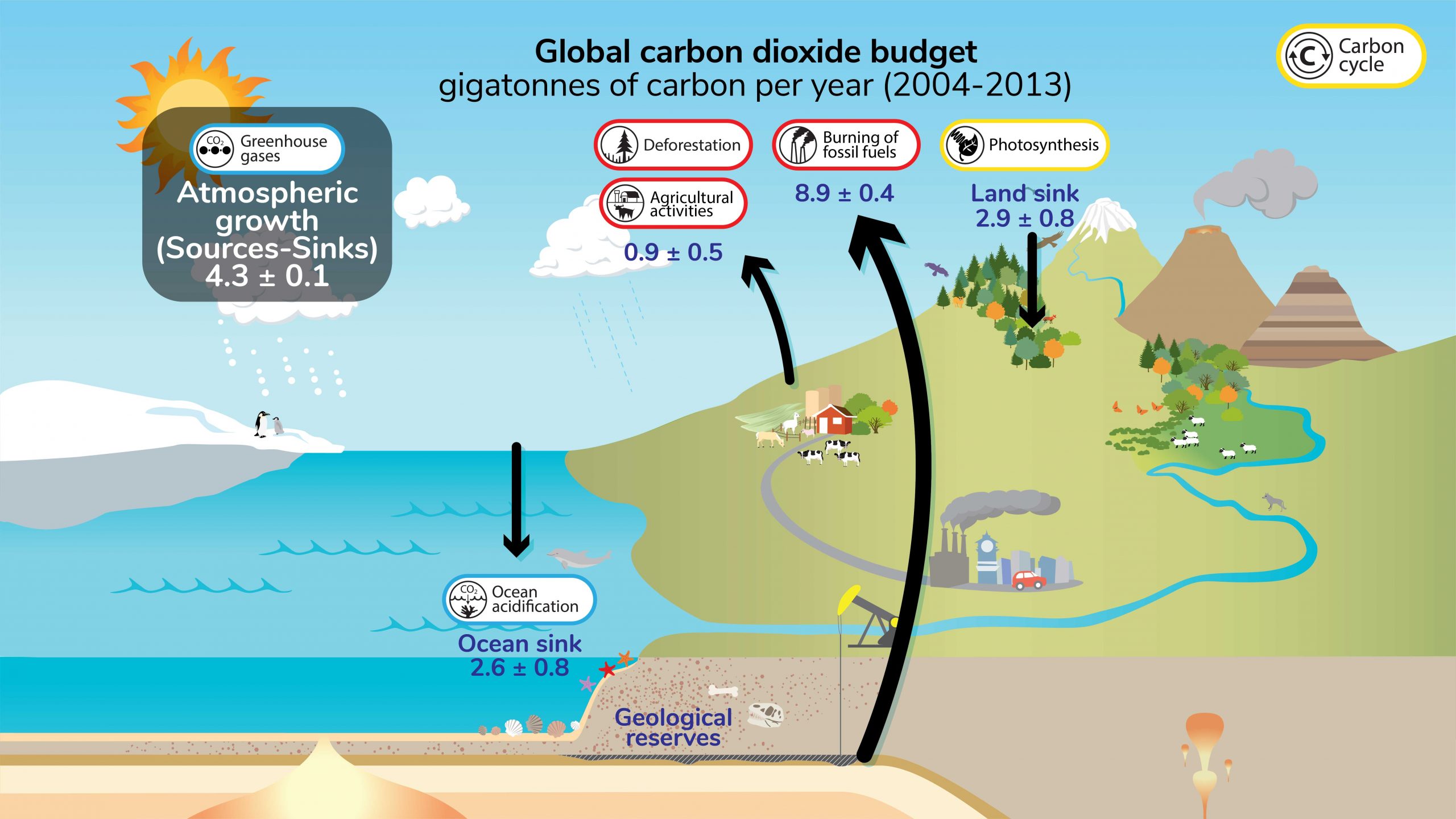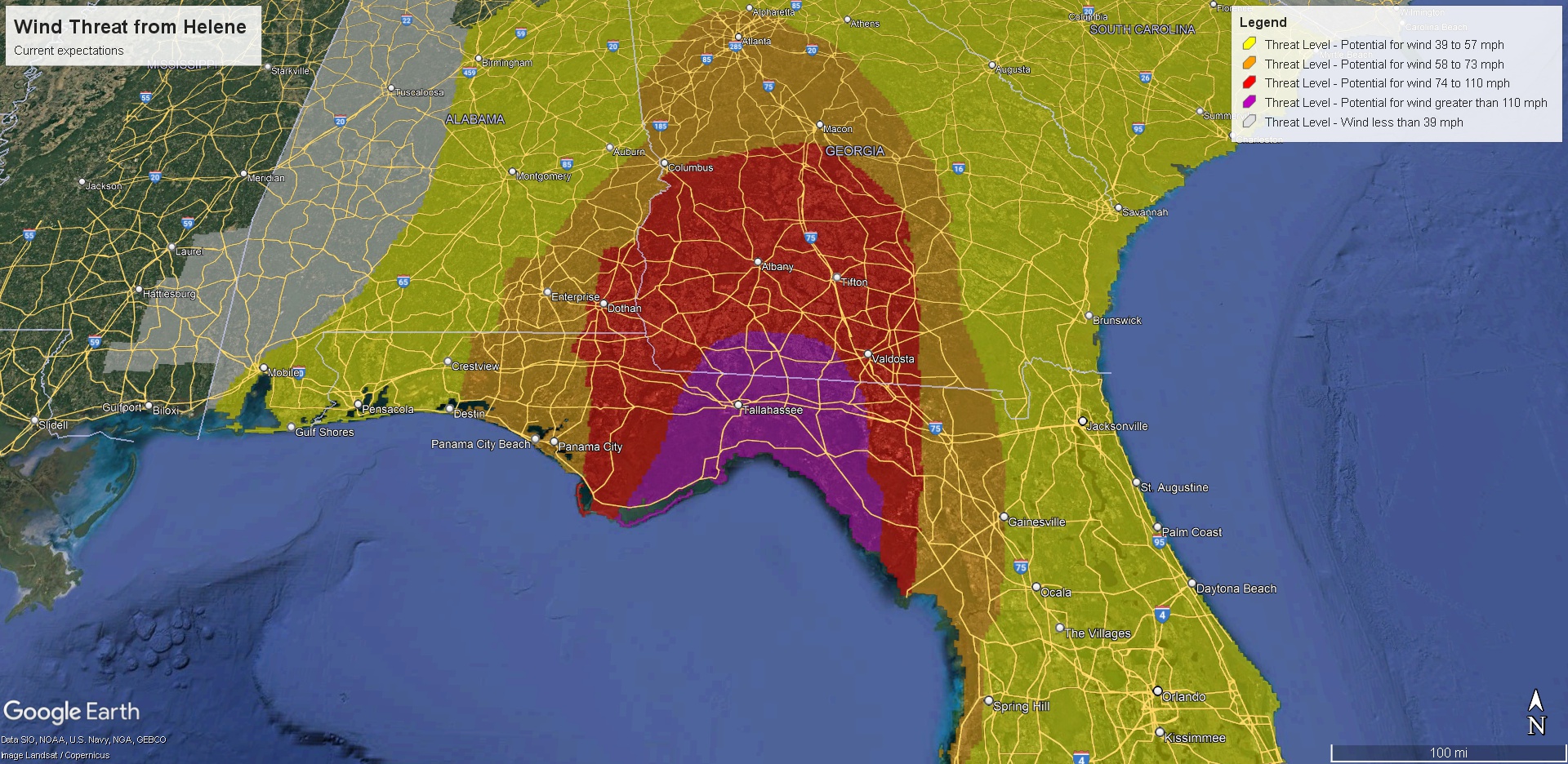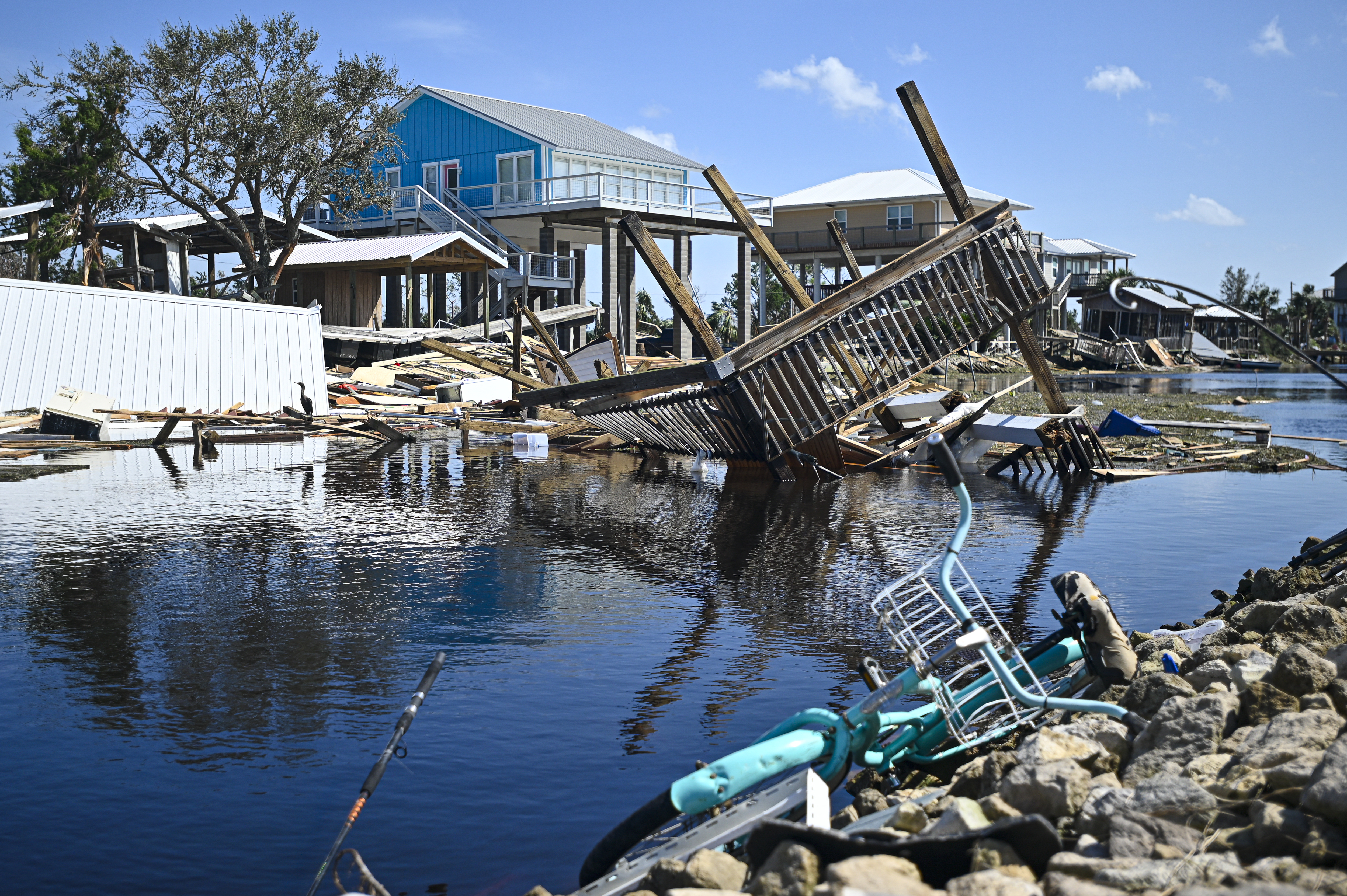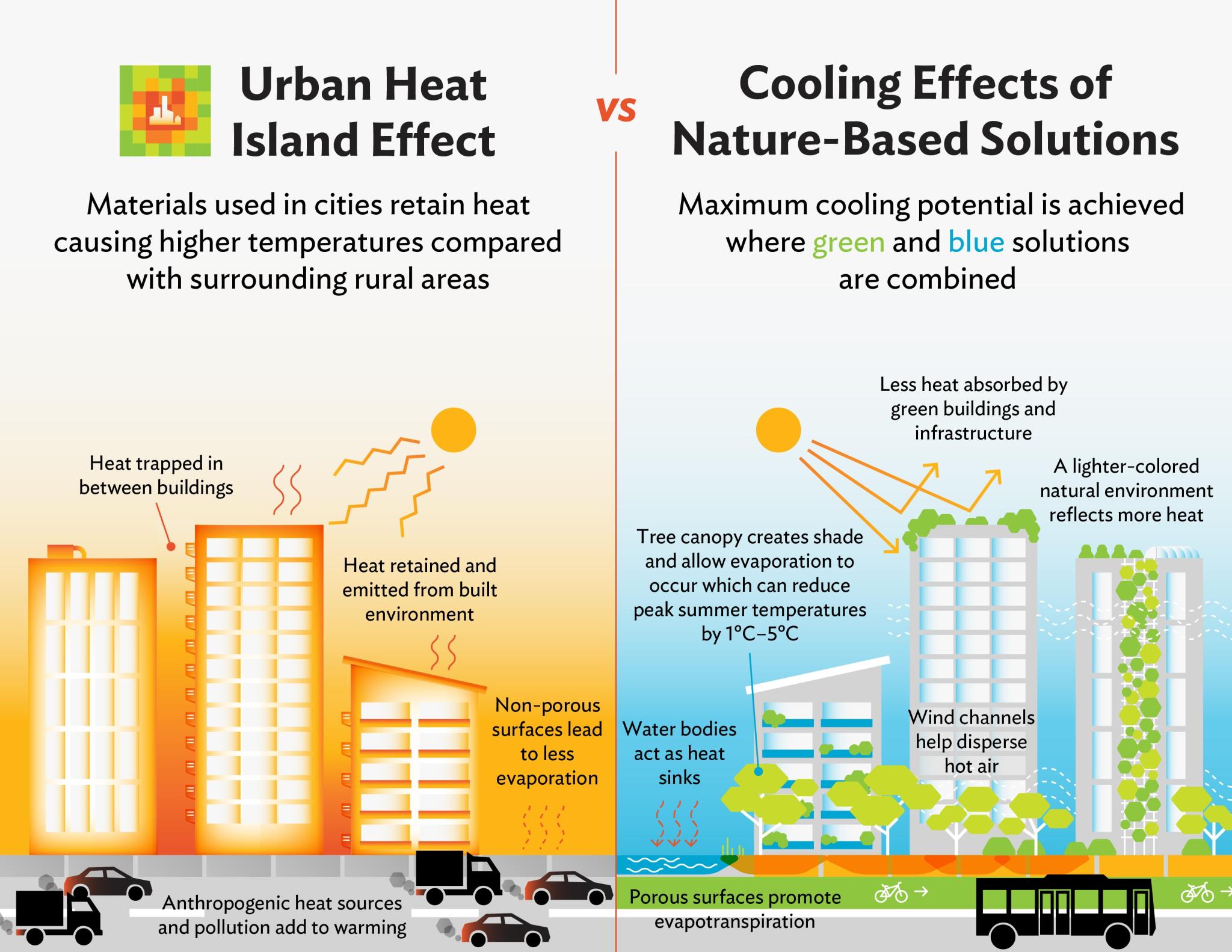Report on Terrestrial Carbon Cycling Dynamics and Implications for Sustainable Development Goals
Introduction
A recent study by Bilir et al. (2025) provides a critical analysis of the Earth’s terrestrial carbon cycle, directly informing global efforts to achieve the 2030 Agenda for Sustainable Development. By integrating satellite data with advanced carbon cycling models, the research untangles the competing influences of rising atmospheric CO2 and climate change on ecosystem carbon storage. Understanding these dynamics is fundamental to advancing key Sustainable Development Goals (SDGs), particularly SDG 13 (Climate Action) and SDG 15 (Life on Land).
Core Research Findings
The study reveals a complex, latitudinally-specific reorganization of the planet’s terrestrial carbon storage, with significant implications for global climate models and sustainability strategies. The primary findings are as follows:
- Net Increase in Carbon Storage: The research confirms that the fertilizing effect of increased atmospheric CO2 on plant growth enhances carbon storage more than the negative effects of climate change (e.g., drought, heat stress) decrease it, resulting in a net global increase in terrestrial carbon sinks.
- Shift in Carbon Pools: A significant global shift in carbon storage from dead organic matter (detritus and soil) to living biomass (plants) was identified. This highlights the increasing reliance on living ecosystems to sequester carbon.
- Geographic Reorganization: The study demonstrates a major geographic redistribution of carbon. Storage of dead carbon is decreasing in mid- and high-latitudes but increasing in the tropics.
- Reduced Carbon Residence Time: Despite increased storage, the mean residence time of carbon in terrestrial ecosystems is decreasing across all latitudes. This suggests that carbon is cycling more rapidly through these systems, potentially making them less stable as long-term sinks.
Relevance to Sustainable Development Goals (SDGs)
The findings from this research are integral to monitoring, planning, and implementing strategies related to several SDGs.
- SDG 13: Climate Action: The study provides essential data for refining climate models used to project future climate scenarios. By quantifying the compensatory effects of CO2 and climate on the global land carbon sink, it helps policymakers develop more accurate national and global carbon budgets and more effective climate change mitigation and adaptation strategies.
- SDG 15: Life on Land: The research directly addresses the core tenets of SDG 15 by evaluating the health and capacity of terrestrial ecosystems.
- The observed shift in carbon storage from soil to living plants underscores the critical importance of protecting and restoring forests and other ecosystems to maintain their carbon uptake potential.
- The geographic redistribution of carbon highlights that conservation efforts must be tailored to regional-specific climate impacts to effectively protect biodiversity and ecosystem services.
- Broader SDG Implications: The stability of the terrestrial carbon cycle underpins other critical goals.
- SDG 2 (Zero Hunger): Changes in soil carbon and plant productivity directly impact agricultural viability and soil health, which are crucial for global food security.
- SDG 11 (Sustainable Cities and Communities): Understanding the capacity of natural carbon sinks is fundamental to designing nature-based solutions that can help urban areas build resilience to climate change.
Conclusion
The satellite-constrained reanalysis by Bilir et al. (2025) offers a crucial, high-resolution view of the planet’s changing carbon cycle. It demonstrates that while terrestrial ecosystems are currently absorbing more carbon, the underlying structure and stability of this sink are being significantly altered. This knowledge is indispensable for shaping evidence-based policies aimed at achieving SDG 13 and SDG 15, and it reinforces the interconnectedness of climate action, ecosystem preservation, and the broader 2030 Agenda for Sustainable Development.
Which SDGs are addressed or connected to the issues highlighted in the article?
-
SDG 13: Climate Action
- The article explicitly states, “The research reported here supports Sustainable Development Goal 13.” The entire study focuses on understanding the impacts of rising atmospheric CO2 and climate change on Earth’s ecosystems, which is the core theme of SDG 13 (Take urgent action to combat climate change and its impacts). The research aims to “project Earth’s future climate” by analyzing how “ecosystems to take up and store carbon is changing.”
-
SDG 15: Life on Land
- Although not explicitly mentioned, the article’s subject matter is directly related to SDG 15 (Protect, restore and promote sustainable use of terrestrial ecosystems). The research investigates the “terrestrial carbon cycling” and the “capacity of ecosystems to take up and store carbon.” It details changes in “carbon storage in living and dead plant material” and a “shift in carbon storage from dead to live pools,” which are fundamental aspects of the health and functioning of terrestrial ecosystems.
What specific targets under those SDGs can be identified based on the article’s content?
-
Target 13.2: Integrate climate change measures into national policies, strategies and planning.
- The research provides critical scientific data for effective climate policy. By helping to “untangle the mechanisms” and “understand, at a global scale, how rising atmospheric CO2 and climate change interact,” the study provides the foundational knowledge required for governments and institutions to develop and integrate effective climate change mitigation and adaptation strategies.
-
Target 13.3: Improve education, awareness-raising and human and institutional capacity on climate change mitigation, adaptation, impact reduction and early warning.
- This scientific paper and its summary contribute directly to the body of knowledge on climate change. The findings on the “latitudinally-specific reorganization of our planet’s terrestrial carbon cycling” enhance scientific understanding and can be used for educational purposes to raise awareness about the complex interactions driving climate change.
-
Target 15.3: By 2030, combat desertification, restore degraded land and soil… and strive to achieve a land degradation-neutral world.
- The article’s focus on “terrestrial carbon cycling” and “carbon storage in living and dead plant material” is directly linked to the health of land and soil. Understanding these processes is essential for developing strategies to restore degraded ecosystems and enhance their capacity as carbon sinks, a key component of combating land degradation.
Are there any indicators mentioned or implied in the article that can be used to measure progress towards the identified targets?
-
Atmospheric Carbon Dioxide (CO2) Levels
- The article identifies “rising atmospheric carbon dioxide levels” as a primary driver of the changes observed. Monitoring CO2 levels is a fundamental indicator of the scale of the climate change problem.
-
Total Carbon Storage in Ecosystems
- The study’s model measures “changes in total carbon storage.” This metric, particularly the finding that “CO2 increases carbon storage more than climate effects decrease it,” serves as a direct indicator of the effectiveness of terrestrial ecosystems as carbon sinks.
-
Mean Carbon Residence Time
- The research explicitly measures the “mean residence time of carbon” and demonstrates a “reduction in mean carbon residence times across all latitudes.” This is a specific, quantifiable indicator that reveals how quickly carbon is cycling through ecosystems, which has significant implications for long-term carbon storage.
-
Distribution of Carbon Pools
- The article points to a “shift in carbon storage from dead to live pools” and a geographical shift of dead carbon storage “from mid- and high latitudes to the tropics.” These shifts are measurable indicators of how ecosystems are reorganizing in response to climate change and rising CO2.
| SDGs | Targets | Indicators |
|---|---|---|
| SDG 13: Climate Action | 13.2: Integrate climate change measures into national policies, strategies and planning. |
|
| SDG 13: Climate Action | 13.3: Improve education, awareness-raising and human and institutional capacity on climate change mitigation. |
|
| SDG 15: Life on Land | 15.3: Combat desertification, restore degraded land and soil. |
|
Source: eos.org







